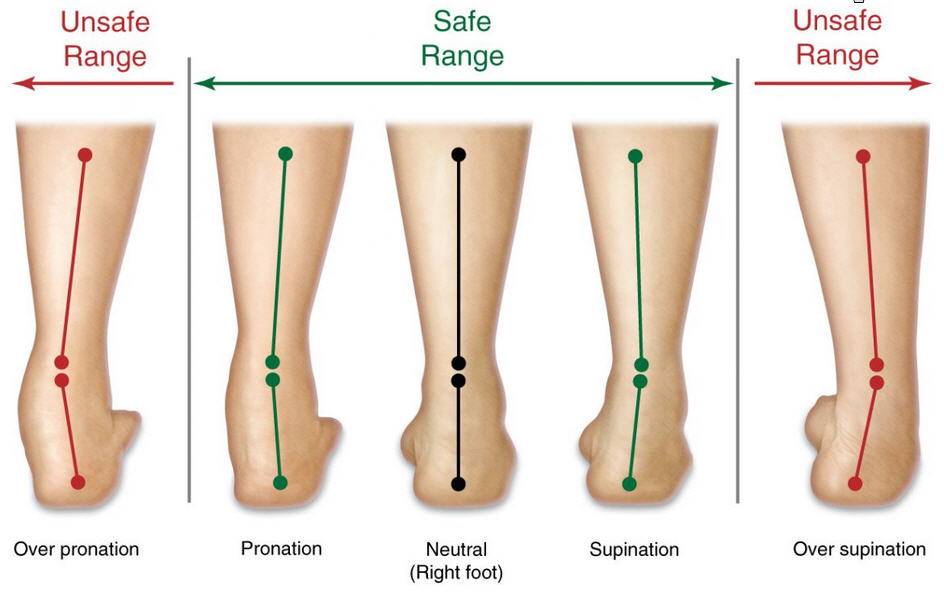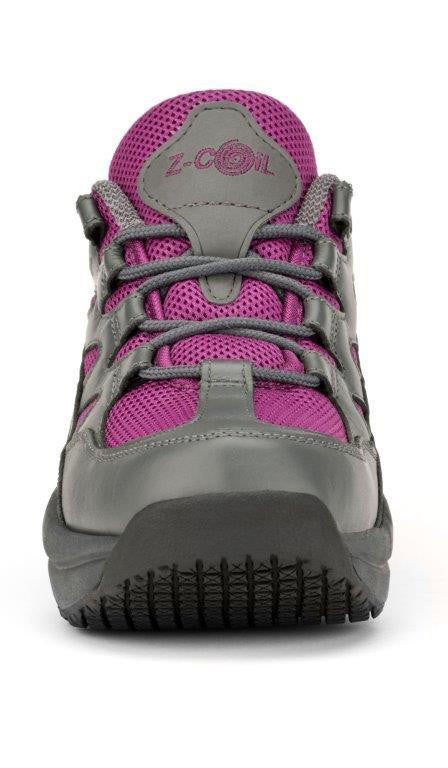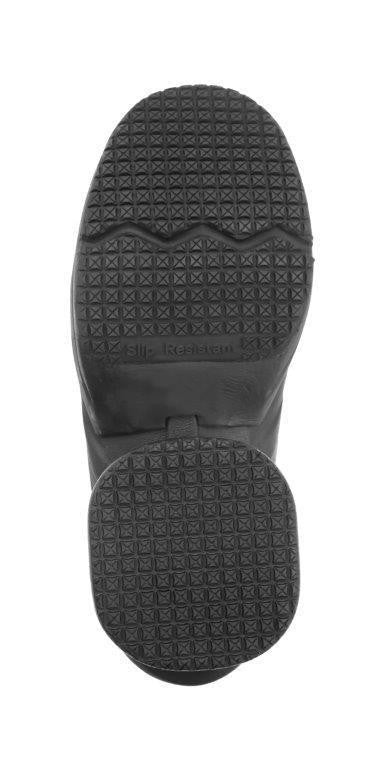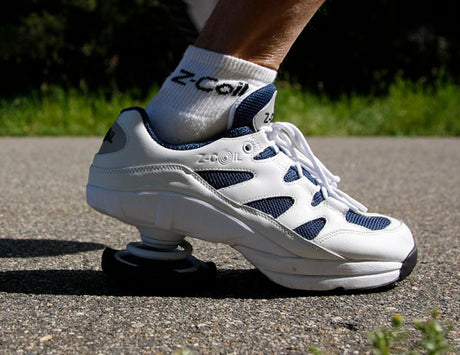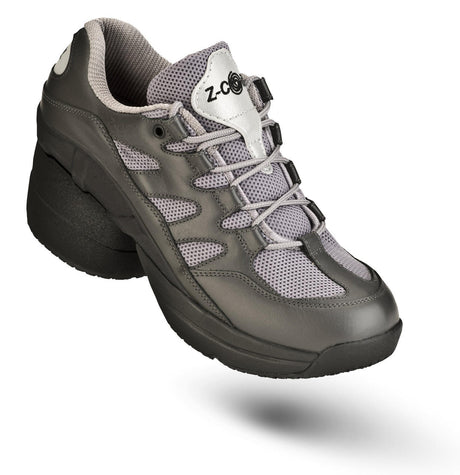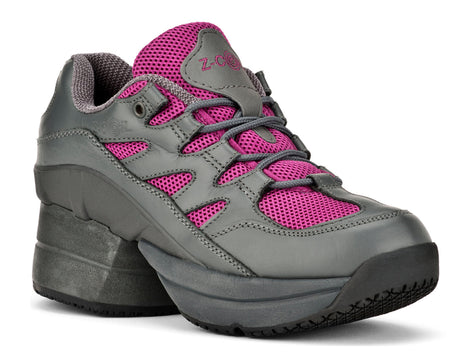Shoes do more than just function as a fashion accessory. They protect your feet from external harm, provide added structural support, and cushion your feet from hard impact due to contact with the ground. Their multifaceted functionality, paired with constant use, makes them prone to extensive wear and tear. Over time, your footwear can sport many marks and signs of depletion, from worn soles to scratched exteriors. Aside from displaying the woes of your shoes’ endurance through various interactions, their wear and tear also illuminates your walking stride and patterns. It gives insight into the way you walk, your foot structure, and any unique features you might have, such as flat feet or plantar fasciitis. Here is a simple guide to understanding your shoe wear patterns and what they say about your walking stride.
What Are Shoe Wear Patterns?
Shoe wear patterns refer to the type of wear and tear your footwear possesses. Since walking patterns tend to fall into a repetitive sequence, the same spots on your shoes endure constant erosion exposure. Different walking strides vary where they emphasize force, which parts of your feet endure the most weight, and which parts of your feet come into contact with the ground. They also create multiple abrasion variations, changing where the wear and tear arises on your shoes. A shoe wear pattern develops from this consistent erosion based on the specific way you walk.
Common Walking Strides and Foot Structures
Many factors influence the type of stride you use, including your bones and muscle strength. The various components of your foot design affect how you walk and the wear and tear your shoes endure. Here are the four main types of walking strides, and their corresponding foot structure and wear pattern.
Neutral Foot
Neutral foot structures possess the ideal structural design for your feet. They create proper alignment, even weight distribution, and optimized mobility. Neutral foot structures apply most of their weight and impact forces evenly at the balls of the feet and on the right or left side of the heel, depending on the foot. They work in tandem with the foot's natural arch, which removes pressure contact with the main sole of the feet. Neutral foot's ideal alignment minimizes rolling ankles and inward or outward turns, reducing uneven wear and tear along the sides of your shoes.
Normal Pronation
Normal pronation still functions on an ideal to average structural design. It evenly distributes weight across the foot’s heel and ball, and uses its arch to reduce ground contact. However, compared to neutral foot, normal pronation includes a slightly inward ankle, increasing pressure alongside the feet with the big toes.
Overpronation
Overpronation leans heavily inward toward the big toe. Unlike neutral and normal pronation structures and strides, overpronation applies more force on the inner sides of the feet. It minimizes the weight applied on the pinky toes, forcing most of the forward pressure to fall on the balls of the big toes. With a majority of the weight falling to the inner side of the foot, shoes endure more wear along the inner sides than the outer.
Underpronation
Underpronation, also known as supination, is the opposite of overpronation. Instead of more weight added to the inner side of the foot, the pressure is placed on the outer side, along the same edge as the pinky toe. Supination structures place most of their front weight on the pinky, lifting and keeping the big toe off the ground or free from any applied force. People with a supination stride tend to roll the ankle outward, leaning heavily on the pinky toe.
Shoe Wear Patterns
Shoe wear and tear occurs in four major places: the sole, insole, toe box, and outer structure. Each location indicates where the most pressure, weight, and impact contact occurs.
Bottom Sole
The bottom of your footwear indicates which areas on the sole of your foot endure the most contact with the ground. Those with flat feet tend to have more wear and tear throughout the entire sole of their shoe. Those with neutral structures and regular arches mainly feature erosion on the soles along the balls of the toes and the heel areas. Those with overpronation and underpronation strides and structures showcase wear patterns along the edges of the soles rather than the centers.
Midsole and Insole
Insoles are the direct point of contact between your feet and footwear. As you walk, your feet rub against the insole, wearing down the shoe from the inside. The wear and tear pattern your stride creates mirrors the erosion pattern on the soles of your shoes. This means normal strides wear down the balls of your toes and heels, while overpronation and underpronation structures wear down their respective edges. Compared to your footwear's soles, the insoles show big toe and pinky erosion more clearly due to their softer material and direct contact with the toes.
Toe Box
Toe box wear occurs anywhere that covers the toe area of your foot. This includes the tip of your shoe, the lid of the shoe that touches the tops of your toes, and the balls of your feet. Wear and tear that only occurs on the pinky side of the toe box results from supination, and erosion on the big toe side displays patterns of overpronation. More wear and tear in the toe box area than the heel of the shoe indicates that you walk with your weight forward, relying on your toes and the balls of your feet to bear the brunt of the impact.
Outer Structure
From skidmarks to scratches and tears, various other abrasions and signs of wear and tear occur on the outer structure of your shoe. If one side of the shoe's exterior houses more marks, it indicates that you might be walking with one of the extreme pronation strides.
How To Find the Perfect Shoe for Your Stride
Any stride diverging from the normal or ideal neutral creates uneven wear and tear, causing you to go through shoes faster while promoting consequent ailments. Too much rubbing, pressure, and erosion along the inner or outer edges of your feet and toes can increase the risks of bunions, blisters, and calluses. Finding footwear that works with your stride and natural foot structure makes for a better investment and helps reduce any wear and tear on your feet. Orthopedic sneakers work with your foot's structure, supporting its design and working alongside your walking style to minimize uneven erosion and pain from imbalanced weight distribution and collision points.
Knowing what your shoe wear patterns mean can help you better understand your stride and foot structure. Choosing footwear that complements your stride ensures optimal support while minimizing uneven wear and protecting your feet from ailments caused by poor weight distribution and added strain on certain parts of your feet. With the right shoes for your stride, you'll maximize your footwear's functionality and take care of your feet.


